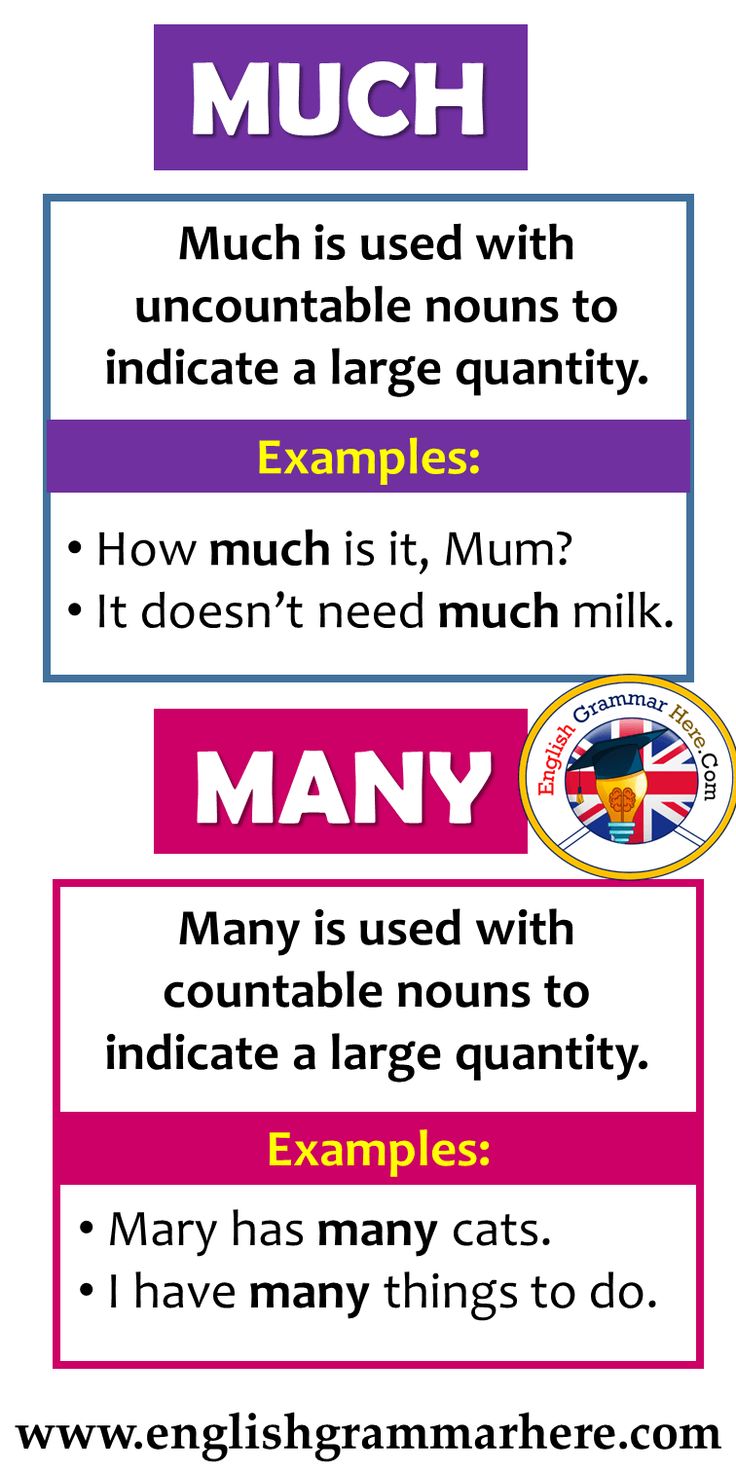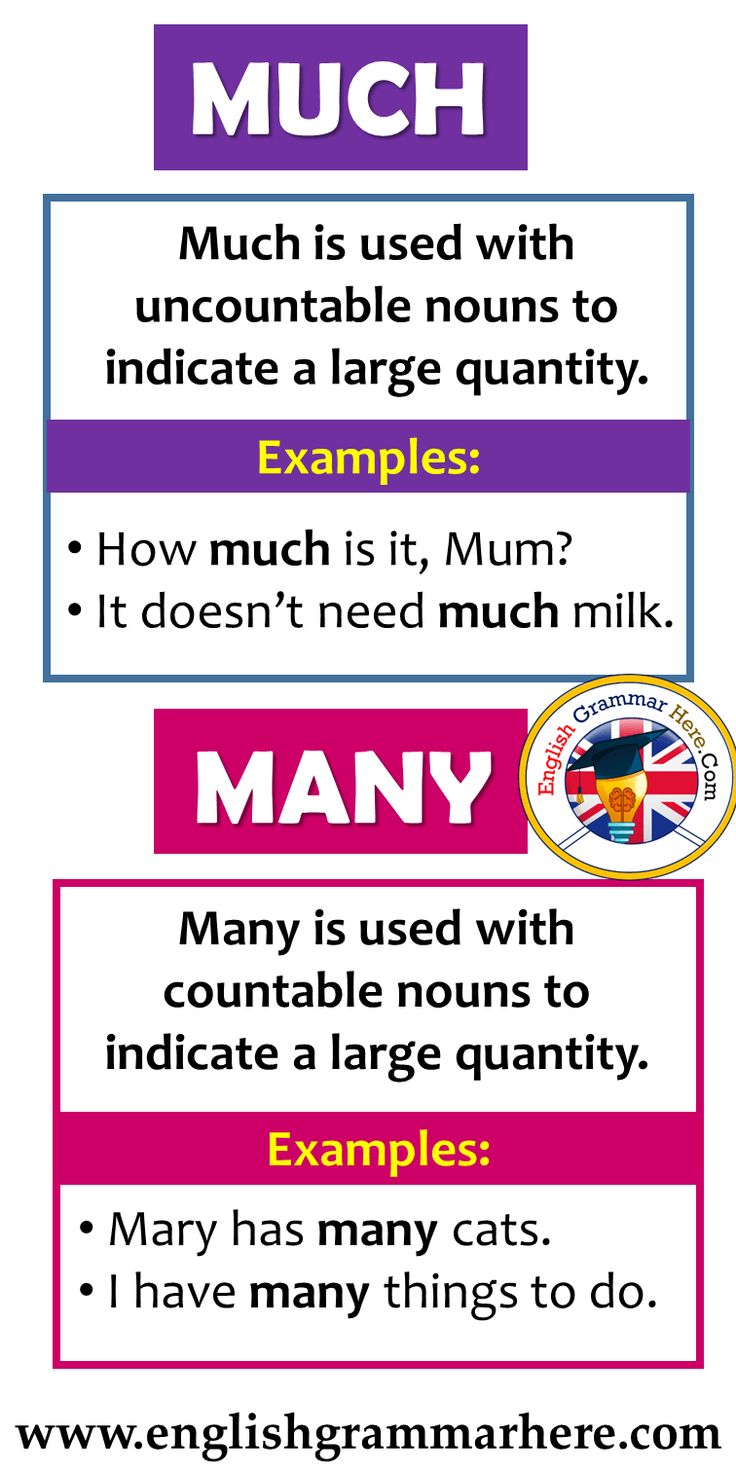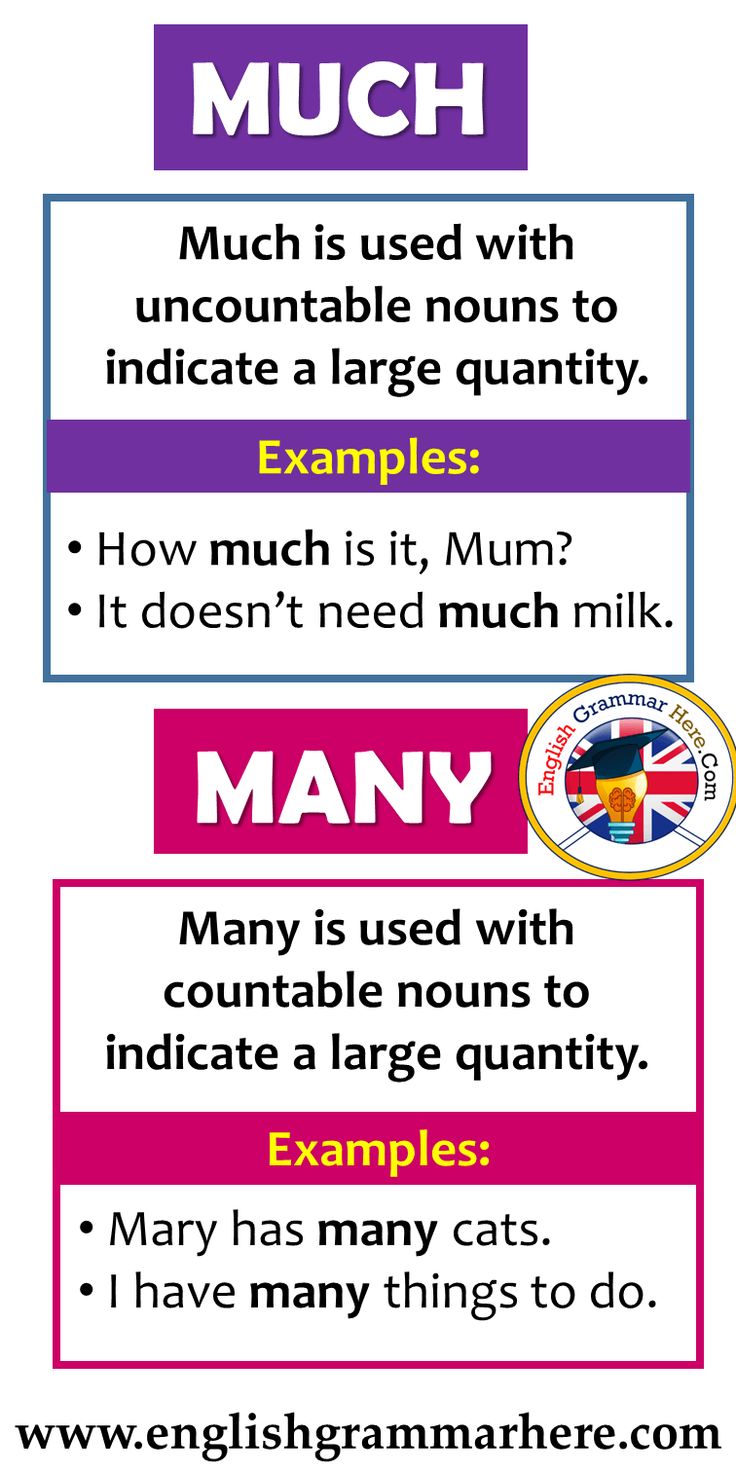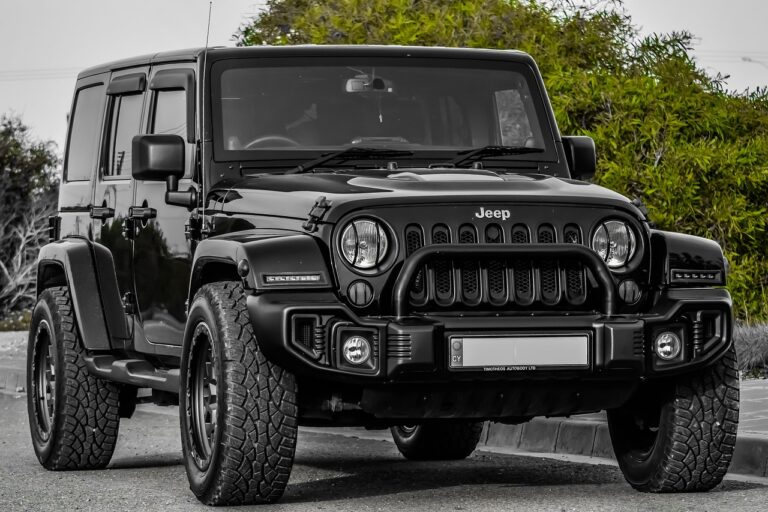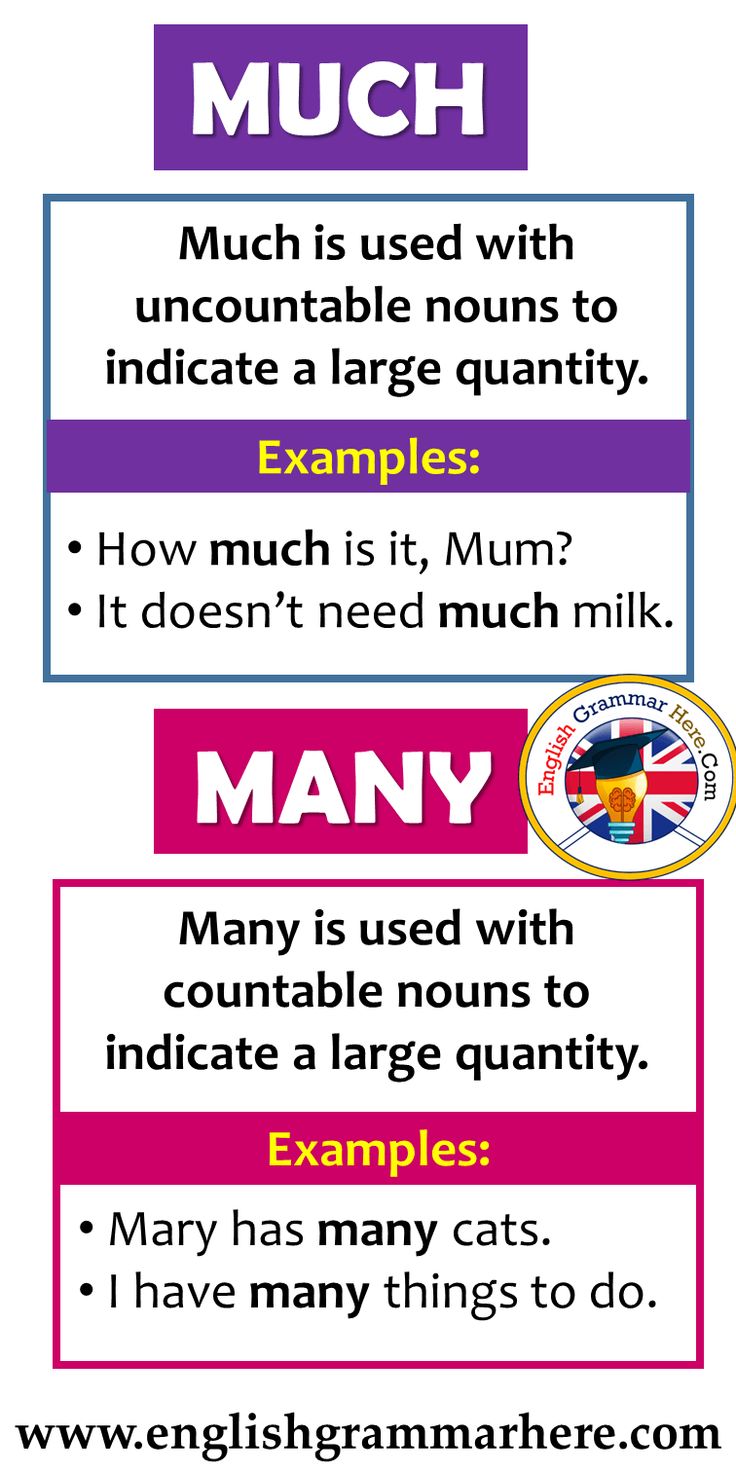How Much Gas Does A Jeep Wrangler Hold: Your Ultimate Guide to Fuel Tank Capacities and Range
How Much Gas Does A Jeep Wrangler Hold: Your Ultimate Guide to Fuel Tank Capacities and Range jeeps.truckstrend.com
The Jeep Wrangler is more than just a vehicle; it’s a symbol of adventure, freedom, and off-road capability. Whether you’re conquering rocky trails, exploring remote backcountry, or simply navigating urban jungles with rugged style, understanding your Wrangler’s fuel tank capacity is paramount. It dictates your range, influences your trip planning, and directly impacts your peace of mind, especially when far from the nearest gas station. "How much gas does a Jeep Wrangler hold?" isn’t just a technical spec; it’s a crucial piece of information for every owner, impacting everything from daily commutes to epic overland expeditions.
This comprehensive guide will delve into the specifics of Wrangler fuel tank capacities across various generations and models, explore the factors that influence your real-world range, offer practical tips for maximizing fuel efficiency, and address common questions to ensure you’re always prepared for the road – or trail – ahead.
How Much Gas Does A Jeep Wrangler Hold: Your Ultimate Guide to Fuel Tank Capacities and Range
Understanding Wrangler Fuel Tank Capacities by Generation and Model
Jeep Wranglers have evolved significantly over the decades, and so have their fuel tank sizes. The capacity often varies based on the vehicle’s generation, body style (2-door vs. 4-door), and even the engine option. Knowing your specific model’s capacity is the first step in effective fuel management.
-
Jeep Wrangler JK (2007-2018):
- 2-Door JK: Typically equipped with an 18.6-gallon (approx. 70.4 liters) fuel tank.
- 4-Door JK Unlimited: These larger models generally feature a 22.5-gallon (approx. 85.2 liters) fuel tank, offering a significantly extended range compared to their 2-door counterparts.

-
Jeep Wrangler JL (2018-Present):
- 2-Door JL: Similar to the JK, the 2-door JL usually comes with an 18.6-gallon (approx. 70.4 liters) fuel tank.
- 4-Door JL Unlimited: The 4-door JL Unlimited models maintain the 21.5-gallon (approx. 81.4 liters) fuel tank. Note: While very similar to the JK Unlimited, there’s a slight variation depending on the exact model year and engine.


Jeep Gladiator JT (2020-Present):
- As the pickup truck sibling to the Wrangler JL, the Gladiator shares many components. All Gladiator models typically come with a 22.0-gallon (approx. 83.3 liters) fuel tank, designed to support its longer wheelbase and potential for heavier loads.
-
Jeep Wrangler 4xe (Plug-in Hybrid – 2021-Present):
- The revolutionary 4xe introduces a new dimension to "fuel holding." While it primarily operates on electric power for shorter distances, it still features a gasoline engine and a fuel tank.
- 4xe Models: These models typically have a smaller 17.2-gallon (approx. 65.1 liters) fuel tank. This reduced size is compensated by its electric range, allowing for substantial combined mileage.
-
Older Generations (TJ, YJ, CJ):
- Jeep Wrangler TJ (1997-2006): Most TJs were equipped with a 19-gallon (approx. 71.9 liters) fuel tank.
- Jeep Wrangler YJ (1987-1995): Early YJ models had a 15-gallon (approx. 56.8 liters) tank, which later increased to 20 gallons (approx. 75.7 liters) in later years.
- Jeep CJ Series (Pre-1987): Capacities varied widely, but often ranged from 10-20 gallons (approx. 37.8-75.7 liters) depending on the specific model and year.
Important Note: Always consult your owner’s manual for the precise fuel tank capacity of your specific model year and trim. Manufacturing variations or special editions can sometimes lead to slight differences.
Factors Influencing Your Real-World Fuel Range
While knowing your tank capacity is essential, it’s only half the equation. Your actual driving range is heavily influenced by your vehicle’s fuel efficiency (MPG – miles per gallon), which can fluctuate dramatically based on several factors:
- Engine Type and Transmission: Different engines (e.g., 2.0L Turbo, 3.6L Pentastar V6, 3.0L EcoDiesel) have varying fuel consumption rates. Manual vs. automatic transmissions also play a role.
- Tire Size and Type: Larger, heavier, or more aggressive off-road tires (like mud-terrains) significantly increase rolling resistance and weight, leading to a noticeable drop in MPG.
- Lift Kits and Aerodynamics: Lifting your Wrangler and adding accessories like roof racks, large bumpers, or winches can disrupt airflow, increasing drag and reducing fuel economy.
- Driving Style: Aggressive acceleration, hard braking, and high speeds are notorious fuel guzzlers. Smooth, consistent driving is key to maximizing range.
- Terrain and Conditions: Off-roading, driving on sand, snow, or through deep mud demands far more power and thus consumes much more fuel than highway driving. Headwinds also increase fuel consumption.
- Weight and Payload: The heavier your Wrangler is, whether from passengers, gear, or aftermarket modifications, the more fuel it will consume.
- Maintenance: A well-maintained engine, properly inflated tires, and clean air filters contribute to optimal fuel efficiency.
- Climate Control: Excessive use of air conditioning or heating can put an extra load on the engine, slightly increasing fuel consumption.
Maximizing Your Wrangler’s Fuel Efficiency
Given the Wrangler’s inherently less aerodynamic design and the common modifications owners make, optimizing fuel efficiency becomes crucial. Here are practical tips to help you get the most out of every gallon:
- Maintain Proper Tire Pressure: Under-inflated tires increase rolling resistance. Check your tire pressure regularly, especially before long trips.
- Drive Smoothly: Avoid rapid acceleration and hard braking. Anticipate traffic and coast to stops when possible. Use cruise control on highways.
- Reduce Speed: Fuel economy drops significantly at higher speeds due to increased air resistance. Adhering to speed limits, especially on highways, can save you a lot of gas.
- Limit Excessive Weight: Remove unnecessary gear from your Wrangler. Every extra pound your engine has to move requires more fuel.
- Perform Regular Maintenance: Keep your engine tuned up, replace air filters, spark plugs, and check fluid levels as recommended by the manufacturer. A healthy engine runs more efficiently.
- Consider Aerodynamics: While a Wrangler isn’t built for aerodynamics, removing roof racks, light bars, or other external accessories when not in use can slightly improve fuel flow.
- Plan Your Routes: Combine errands, avoid heavy traffic, and choose the most direct routes to minimize idle time and unnecessary driving.
- Use Overdrive Gears: On automatic transmissions, ensure you’re in the highest possible gear for cruising speed. For manual transmissions, shift into higher gears as soon as appropriate.
Extending Your Range: Auxiliary Fuel Solutions
For serious overlanders or those venturing into truly remote areas, the standard fuel tank might not be enough. Fortunately, several auxiliary fuel solutions exist:
- Jerry Cans/Fuel Containers: The most common and accessible method. High-quality, spill-proof jerry cans (often 5-gallon capacity) can be securely mounted on roof racks, tire carriers, or inside the vehicle. Crucial Safety Note: Always use approved containers, secure them properly, and exercise extreme caution when transporting flammable liquids. Ventilation is key.
- Aftermarket Long-Range Fuel Tanks: Some manufacturers offer larger replacement fuel tanks that can significantly increase your Wrangler’s capacity (e.g., from 21.5 gallons to 30+ gallons). These require professional installation and can be a significant investment, but they offer a seamless, integrated solution.
- Transfer Flow Systems: Less common for Wranglers, but some systems allow for auxiliary tanks to be plumbed into the main fuel system, providing automatic fuel transfer.
The 4xe Hybrid: A Different Approach to "Fuel Holding"
The Jeep Wrangler 4xe is a game-changer, offering a plug-in hybrid electric vehicle (PHEV) powertrain. While it still holds gasoline, its unique dual-power source fundamentally alters the concept of "range."
- Electric First: The 4xe prioritizes electric-only driving. It can travel significant distances (typically 20-25 miles) on battery power alone, making short commutes and off-road excursions incredibly efficient and quiet.
- Combined Range: Once the battery depletes, the gasoline engine seamlessly takes over, providing the extended range of a traditional gasoline Wrangler. The combined range (electric + gasoline) is often superior to a pure gasoline model, especially if you regularly charge the battery.
- Recharging is Key: To maximize the 4xe’s fuel efficiency, consistent charging is essential. This allows you to leverage its electric capabilities and drastically reduce your gasoline consumption.
Jeep Wrangler Fuel Tank Capacity & Estimated Range Specifications
Below is a table summarizing the common fuel tank capacities and estimated ranges for popular Jeep Wrangler and Gladiator models. Note that MPG figures are EPA estimates and real-world results will vary.
| Model/Generation | Body Style | Engine Option | Fuel Tank Capacity (Gallons / Liters) | Estimated City MPG | Estimated Hwy MPG | Estimated Combined Range (Miles) |
|---|---|---|---|---|---|---|
| Wrangler JK | 2-Door | 3.6L Pentastar V6 | 18.6 gal / 70.4 L | 17 | 21 | 316 – 390 |
| (2007-2018) | 4-Door Unlimited | 3.6L Pentastar V6 | 22.5 gal / 85.2 L | 17 | 21 | 382 – 472 |
| Wrangler JL | 2-Door | 3.6L Pentastar V6 | 18.6 gal / 70.4 L | 17 | 23 | 316 – 427 |
| (2018-Present) | 4-Door Unlimited | 3.6L Pentastar V6 | 21.5 gal / 81.4 L | 19 | 24 | 408 – 516 |
| 4-Door Unlimited | 2.0L Turbo I4 | 21.5 gal / 81.4 L | 20 | 24 | 430 – 516 | |
| 4-Door Unlimited | 3.0L EcoDiesel V6 | 21.5 gal / 81.4 L | 22 | 29 | 473 – 623 | |
| Wrangler 4xe | 4-Door Unlimited | 2.0L Turbo I4 PHEV | 17.2 gal / 65.1 L | 20 MPG combined | 370 (Total Driving Range) | |
| (2021-Present) | (49 MPGe) | |||||
| Gladiator JT | All Models | 3.6L Pentastar V6 | 22.0 gal / 83.3 L | 17 | 22 | 374 – 484 |
| (2020-Present) | All Models | 3.0L EcoDiesel V6 | 22.0 gal / 83.3 L | 22 | 28 | 484 – 616 |
| Wrangler TJ | All Models | 4.0L I6 / 2.5L I4 | 19.0 gal / 71.9 L | 16 | 20 | 304 – 380 |
| (1997-2006) |
Note: Estimated ranges are calculated as (Tank Capacity City MPG) to (Tank Capacity Highway MPG). Actual range will vary significantly based on driving conditions, vehicle maintenance, and individual driving habits. The 4xe’s range is a combined total of electric and gasoline. Always refer to your vehicle’s owner’s manual for precise specifications.
Frequently Asked Questions (FAQ)
Q1: Why do different Wranglers have different fuel tank sizes?
A1: Fuel tank size varies primarily by generation and body style. 4-door models (Unlimited) generally have larger tanks to accommodate their increased weight and potential for longer journeys. Newer models might optimize tank size for packaging with different engine options (like the 4xe’s hybrid components).
Q2: Does lifting my Wrangler or adding large tires affect its fuel efficiency?
A2: Absolutely. Lifting increases aerodynamic drag, and larger, heavier tires increase rolling resistance and unsprung weight. Both factors significantly reduce MPG, leading to a shorter real-world range.
Q3: Is it safe to carry extra fuel in jerry cans?
A3: When done correctly and safely, yes. Always use certified, robust fuel containers. Secure them tightly to prevent movement and spillage. Store them outside the passenger compartment if possible, or ensure excellent ventilation if carried inside. Avoid overfilling.
Q4: How accurate is the "distance to empty" reading on my Wrangler’s dashboard?
A4: "Distance to Empty" (DTE) is an estimate based on your recent driving history and fuel level. It can be quite accurate but is subject to rapid changes if your driving style or terrain changes abruptly (e.g., going from highway to heavy off-roading). It’s always best to refuel before your DTE gets critically low.
Q5: What is the "reserve" capacity of a Wrangler’s fuel tank?
A5: There isn’t a separate "reserve tank" in modern Wranglers in the traditional sense. The fuel light typically comes on when there are about 2-3 gallons (or around 50 miles of estimated range) left. This is your warning to find a gas station immediately, not a separate reserve you can tap into.
Q6: Can I install a larger fuel tank in my Wrangler?
A6: Yes, aftermarket long-range fuel tanks are available for some Wrangler models. These typically replace the stock tank with a larger capacity unit. Installation can be complex and may require modifications, so professional installation is highly recommended. Always verify compatibility and ensure it meets safety standards.
Conclusion
Understanding "How Much Gas Does A Jeep Wrangler Hold" is fundamental to enjoying your vehicle to its fullest, whether you’re tackling daily commutes or embarking on epic adventures. From the precise capacities of various models and generations to the myriad factors influencing your real-world range, being informed empowers you to plan effectively, drive efficiently, and ensure you’re never caught off-guard. By combining knowledge of your specific Wrangler’s fuel tank size with smart driving habits and, if necessary, strategic auxiliary fuel solutions, you can confidently explore any path your Jeep is capable of conquering. Fuel awareness isn’t just about saving money; it’s about extending your freedom.

